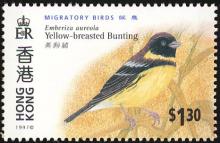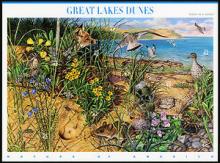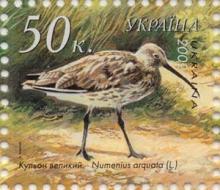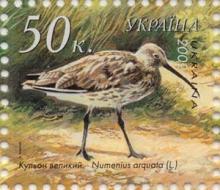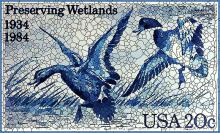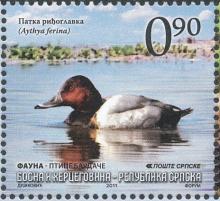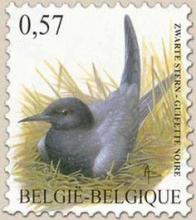One in 10 Hong Kong bird species is at risk of extinction
For many people in Hong Kong, talk of endangered species conjures up images of wildlife whose natural habitats are “out there”, somewhere far away – such as giant pandas in the bamboo forests of Sichuan province, polar bears in the Arctic and miniature monkeys in the Brazilian rainforest. If, like me, you are a birdwatcher, however, the list of threatened species feels far closer to home.

